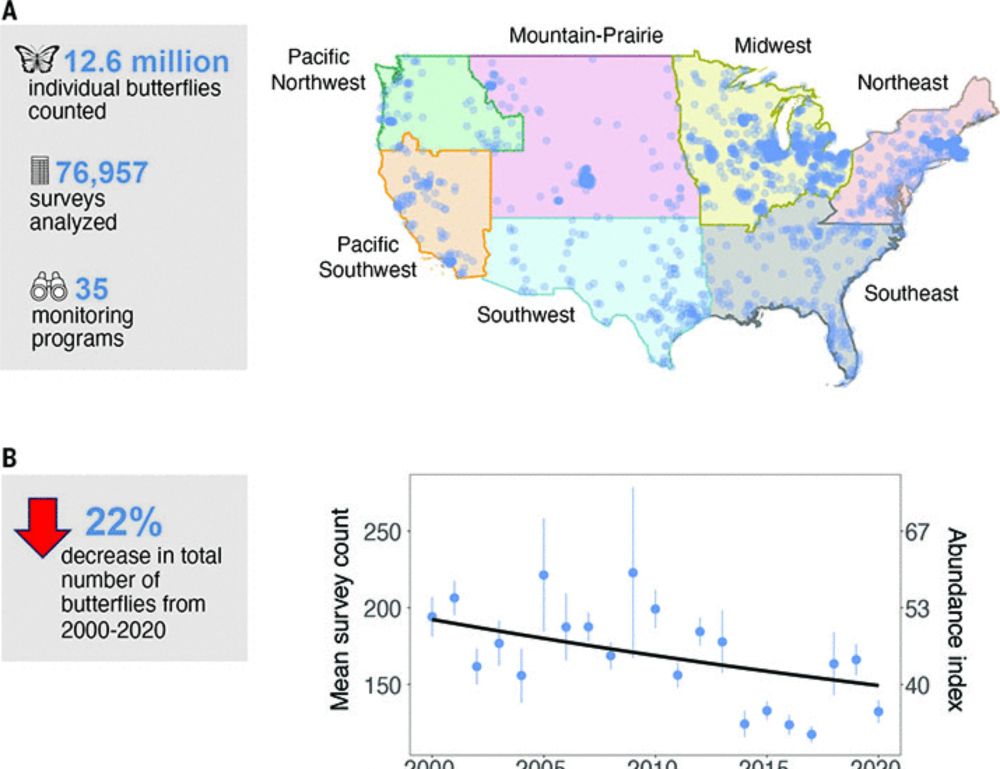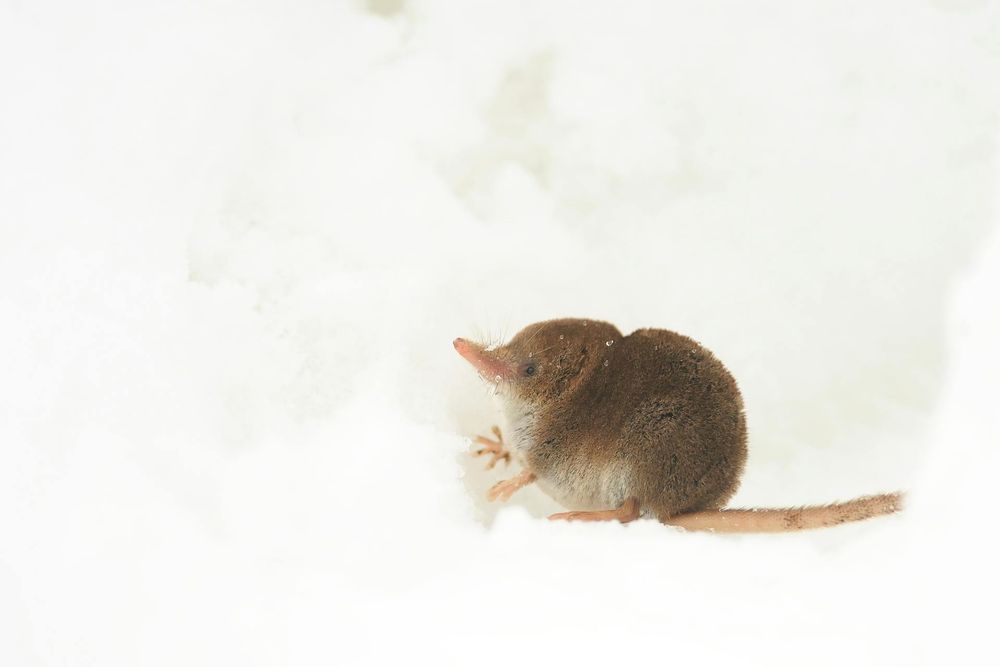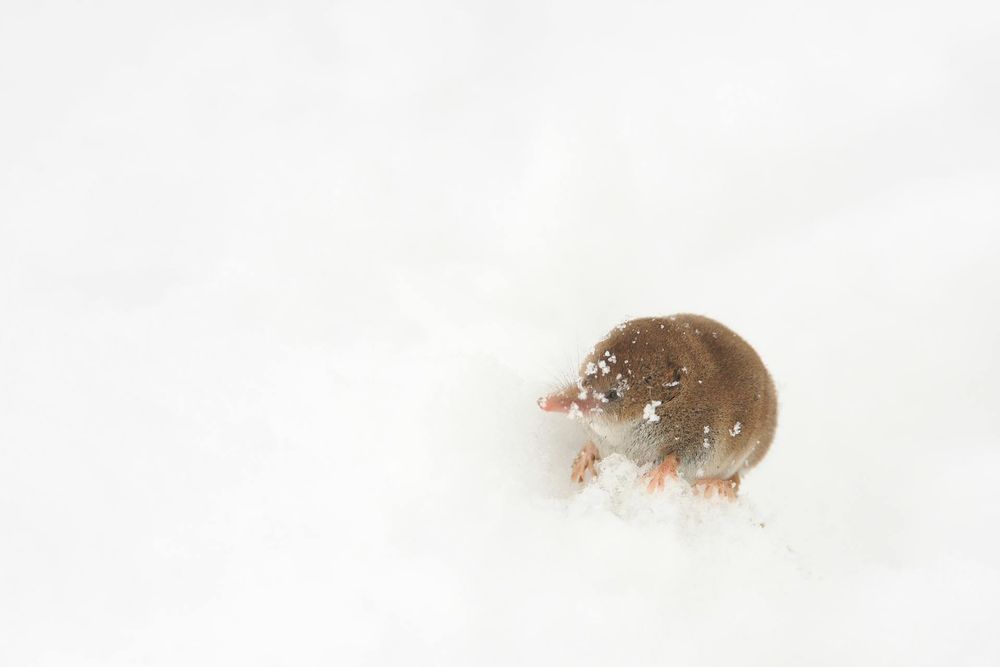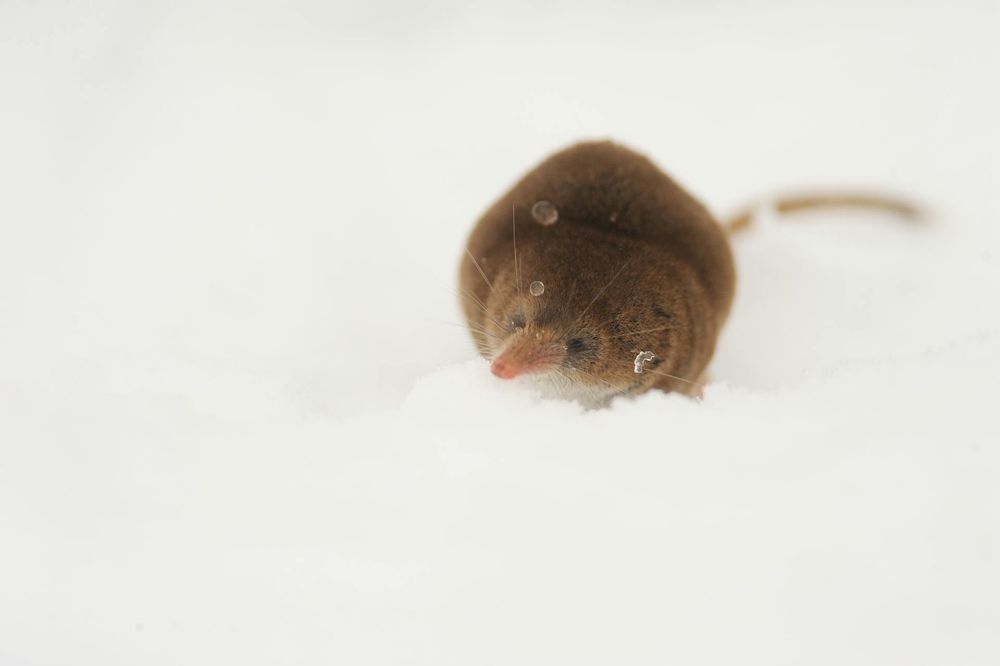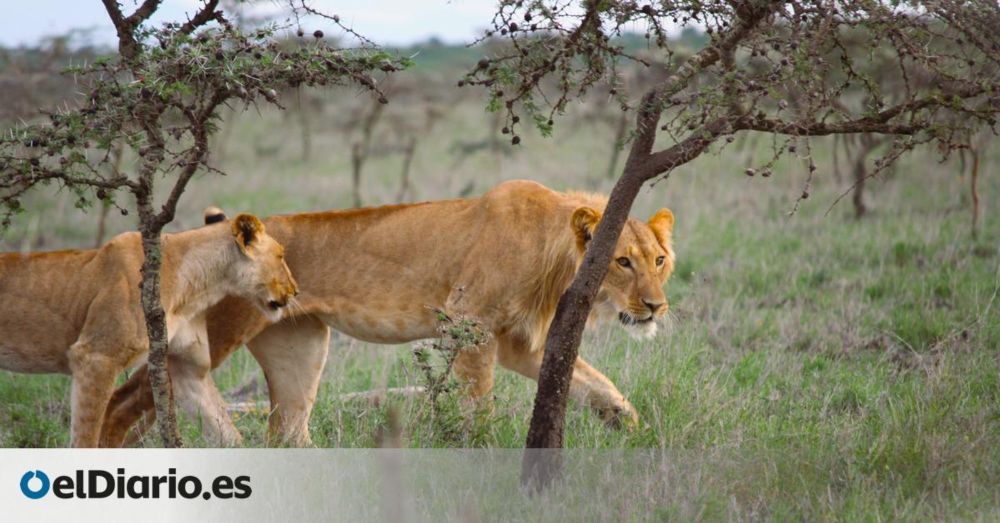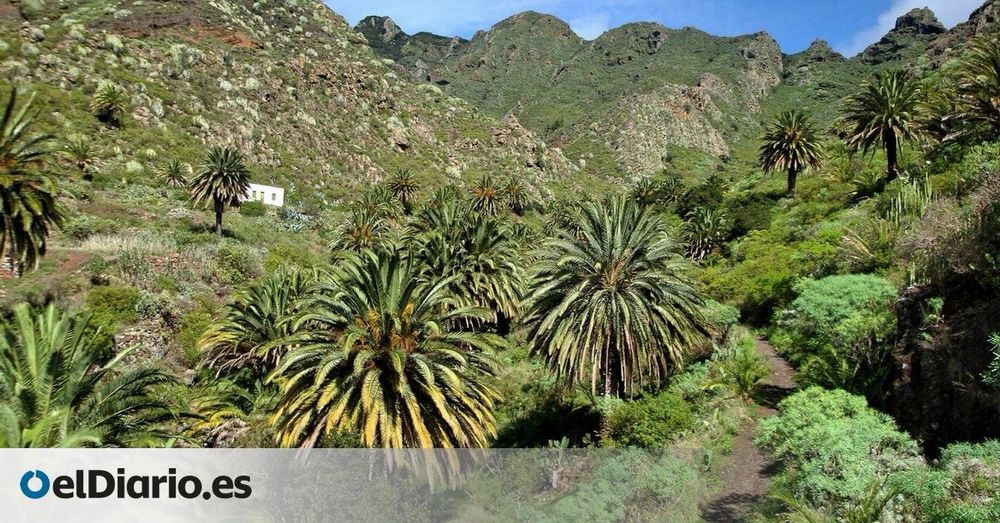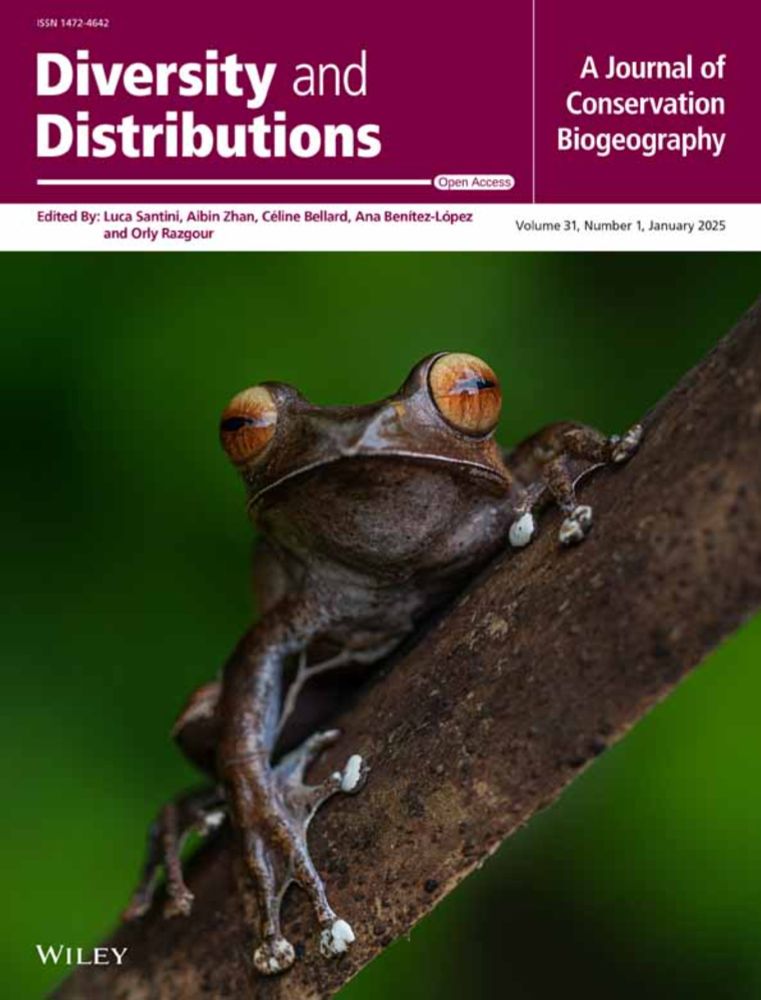Dryad | Data -- Local climatic effects on colonisation and extinction drive changes in mountain butterfly communities
Dryad dataset: Local climatic effects on colonisation and extinction drive changes in mountain butterfly communities datadryad.org/dataset/doi:...
05.07.2025 09:09 — 👍 3 🔁 1 💬 0 📌 0
Delighted to join the European butterfly community in NL this week for #FutureofButterflies with @mncn-bgcg.bsky.social well represented by three talks and two posters - @guim091.bsky.social @adsalbert.bsky.social and @jpcancela.bsky.social also sharing our work on #insect responses to global change
06.04.2025 11:06 — 👍 15 🔁 3 💬 0 📌 0

La Red Natura 2000 contribuye a reducir la degradación del suelo en la península ibérica | Museo Nacional de Ciencias Naturales
La metodología utilizada es válida para otras áreas del planeta
La Red Natura 2000 contribuye a reducir la degradación del suelo en la península ibérica, así lo confirma esta investigación del MNCN y la Estación experimental de zonas áridas que ha evaluado el estado de conservación de la cubierta terrestre. 📷 @minglop.bsky.social www.mncn.csic.es/es/Comunicac...
06.03.2025 10:18 — 👍 5 🔁 4 💬 1 📌 0
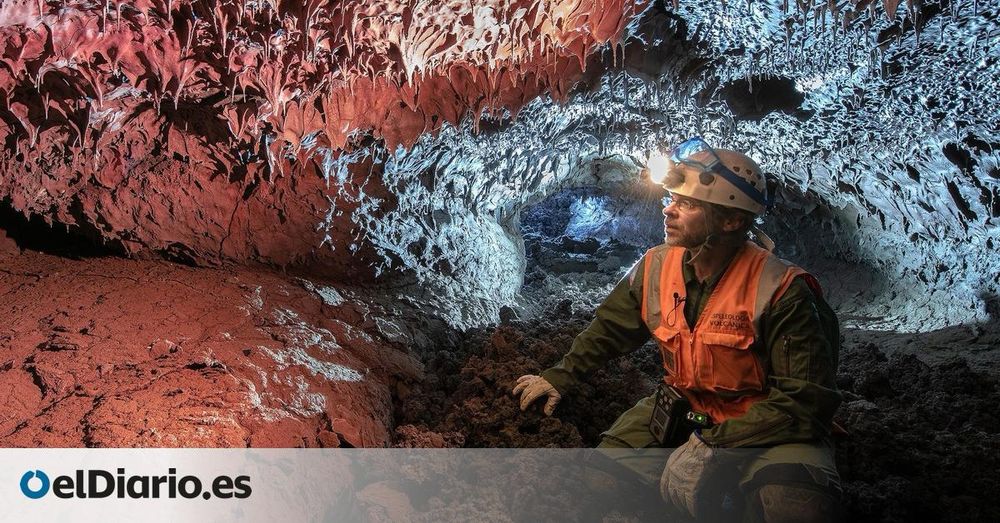
Descenso al ‘tubo rojo’ en el interior del volcán de La Palma: la vida se abre paso en la boca del infierno
Tres años y medio después de la erupción, los científicos están encontrando microorganismos extremófilos en los tubos aún calientes por los que en 2021 emergieron grandes masas de lava: entramos en la...
Para el turno de tarde:
Tres años y medio después de la erupción de La Palma, los científicos están encontrando microorganismos extremófilos en los tubos por los que en 2021 emergieron grandes masas de lava: entramos en las cuevas y caminamos por la zona de exclusión en busca de vida
01.03.2025 15:29 — 👍 114 🔁 51 💬 2 📌 3
How does local climate influence ecological communities? Answer: #Thermophilisation caused by #colonisation and local #extinction. Check out the new paper by
@guim091.bsky.social on #mountain #butterflies in Central Spain. #ClimateChange #Refugia
doi.org/10.1111/ddi....
23.01.2025 16:52 — 👍 8 🔁 4 💬 0 📌 0
@consbiog.bsky.social
20.01.2025 11:38 — 👍 0 🔁 0 💬 1 📌 0

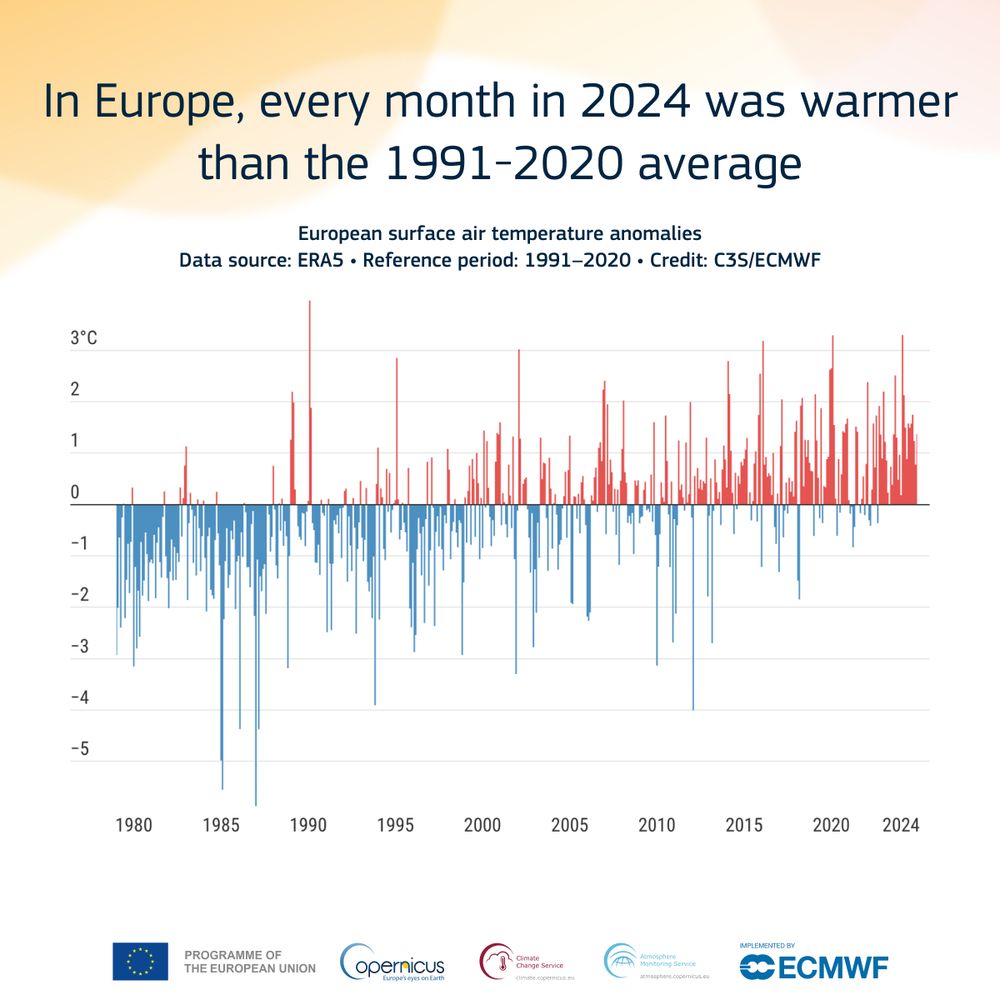
❗ 2024 was the warmest year on record for Europe.
❗ With an average temperature of 10.69°C, 2024 was 1.47°C above the 1991-2020 average, and 0.28°C warmer than the previous record set in 2020.
▶️ More info in the Global Climate Highlights 2024 report: bit.ly/40kQpcz
16.01.2025 08:32 — 👍 99 🔁 47 💬 3 📌 2
Thanks Joe!! 😉😉
16.01.2025 10:49 — 👍 1 🔁 0 💬 0 📌 0
So, mountain butterfly communities in central Spain became more dominated by species with warm thermal affinities and broader thermal niches. To adapt conservation to climate change, a regional perspective is needed to provide a wide range of local climates and rates of change.
16.01.2025 10:33 — 👍 1 🔁 0 💬 1 📌 0
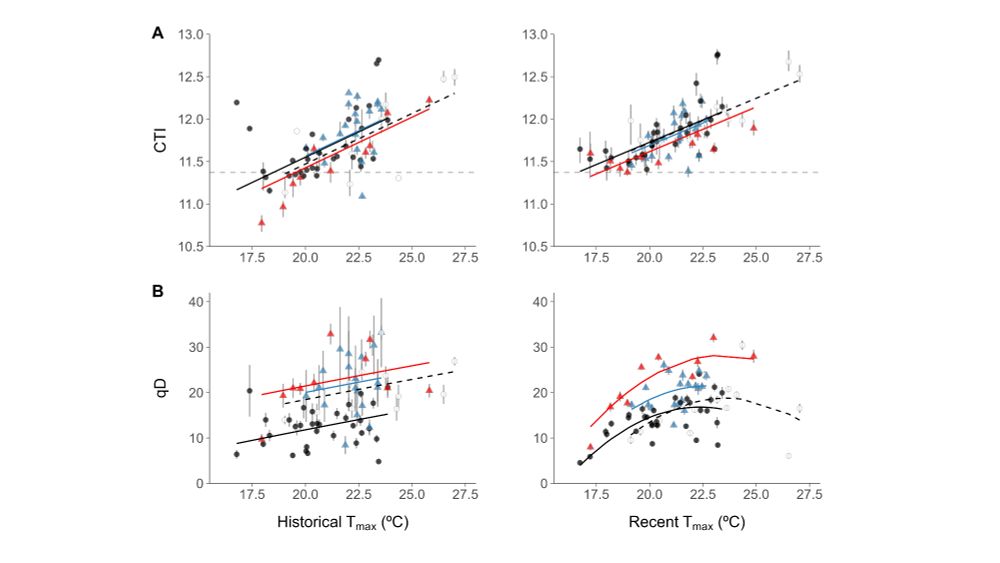
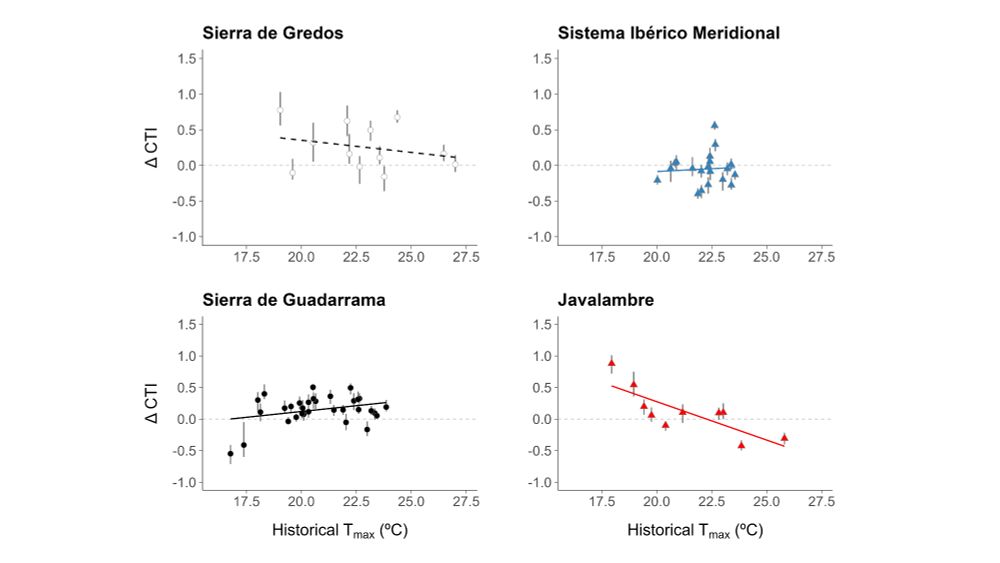
Has CTI changed equally across the mountain regions and study sites? No, communities occupying sites with cold conditions historically increased their CTI most, especially in Sierra de Gredos and Javalambre. Community changes differed between the four regions.
16.01.2025 10:33 — 👍 1 🔁 0 💬 1 📌 0
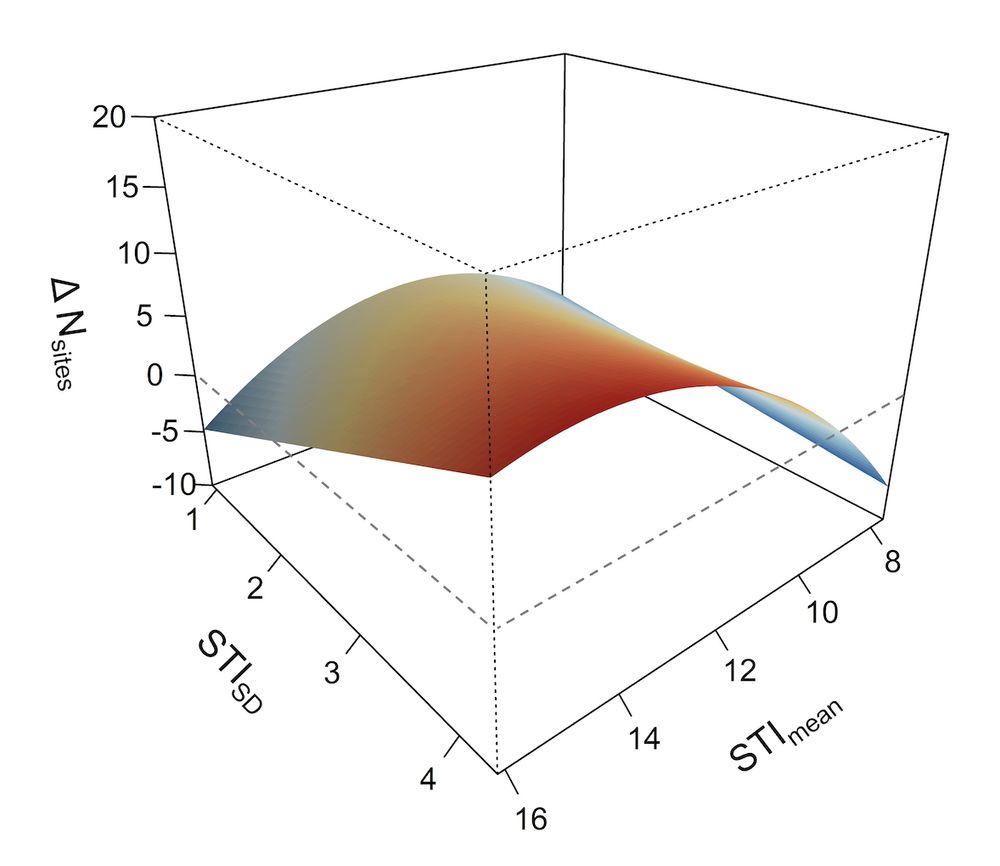
We also found that species tolerating a wider range of temperatures across their range (thermal niche breadth) increased the number of sites they occupied, especially if they preferred warm conditions. Species with narrow thermal preferences or cold affinities decreased most.
16.01.2025 10:33 — 👍 1 🔁 0 💬 1 📌 0
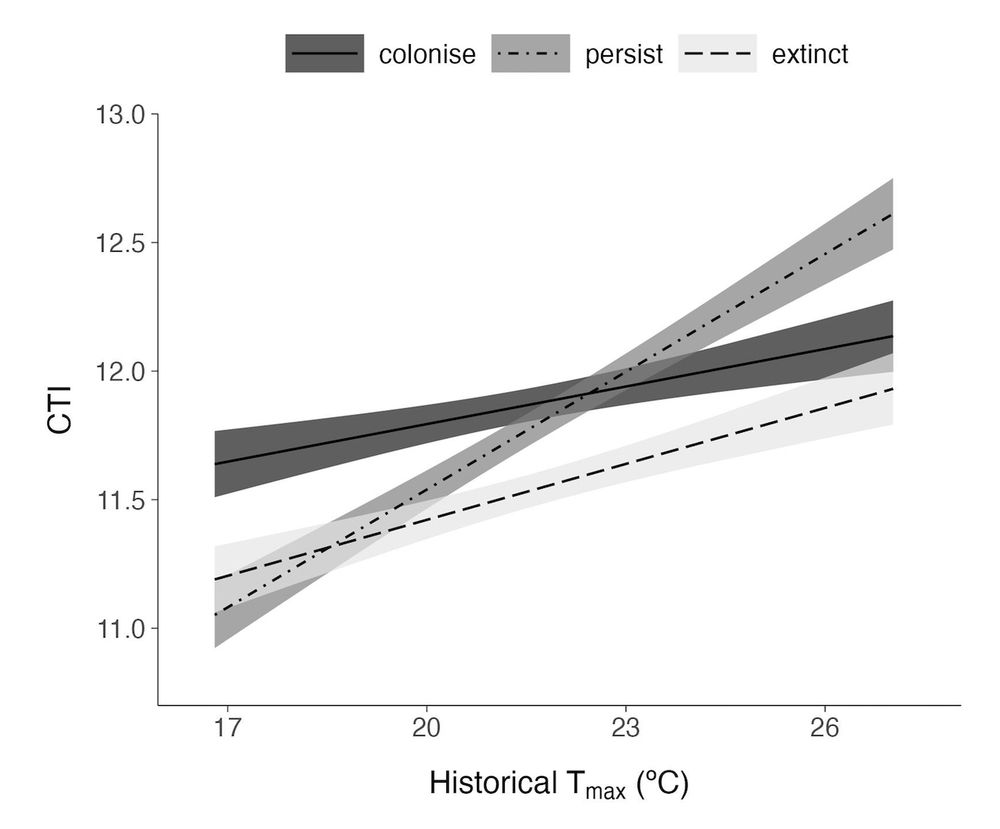
Comparing thermal affinities for colonising versus extinct species across sites confirmed that species favouring warm conditions were colonising, and species preferring cool conditions were experiencing local extinctions. As a result, CTI increased.
16.01.2025 10:33 — 👍 1 🔁 0 💬 1 📌 0
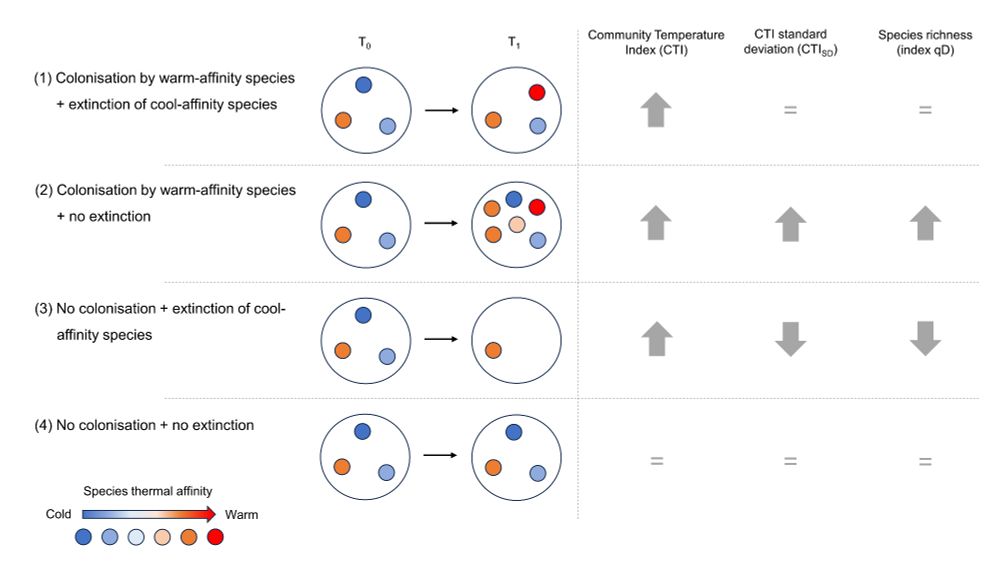
We deduced that colonisation and extinction took place at similar rates, as species richness and average variation in thermal affinities per site did not change. If colonisations were more important we expected both values to rise, if extinctions were more important we expected both to decline.
16.01.2025 10:33 — 👍 1 🔁 0 💬 1 📌 0
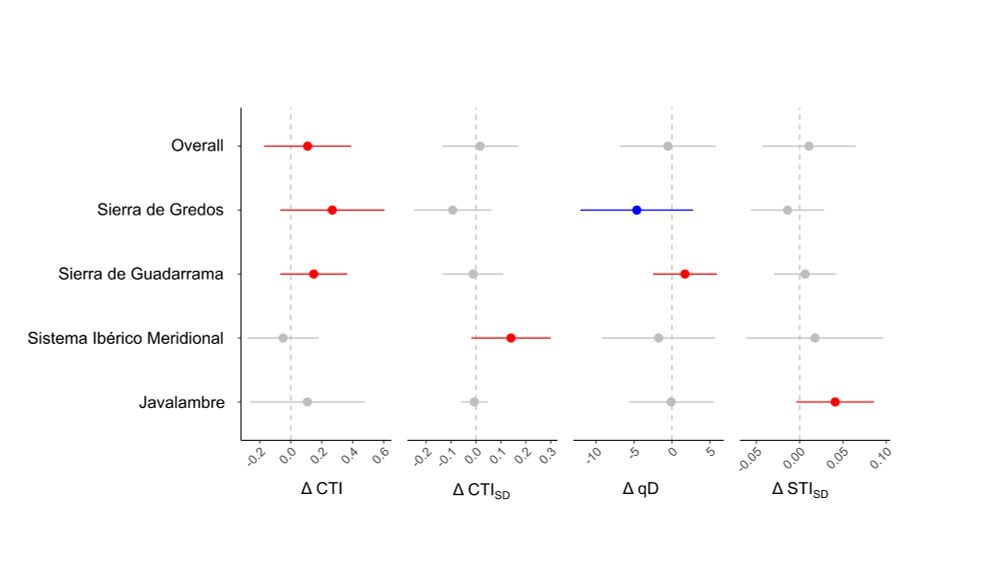
We found CTI to be greater in hotter sites in both periods. CTI also increased in many sites over time – known as community thermophilisation. But this could result from colonisations by species favouring hot conditions, or extinctions of species that do not tolerate warming.
16.01.2025 10:33 — 👍 1 🔁 0 💬 1 📌 0

Butterfly communities track climatic variation over space but not time in the Iberian Peninsula
We tested indices of community environmental associations based on occurrence records to infer how butterflies responded to climatic and land cover changes in the Iberian Peninsula from 1901 ...
The geographic ranges of species reflect their climatic tolerance or “thermal affinity”. To summarise this for butterfly species in each community we used the average temperature across their Iberian Peninsula distributions – known as the Community Temperature Index or CTI. More info about it ⬇️
16.01.2025 10:33 — 👍 1 🔁 0 💬 1 📌 0

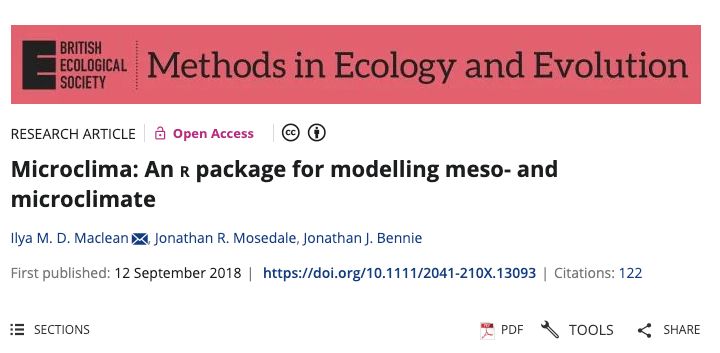
We revisited 74 field sites where we were lucky to have butterfly data from historical surveys. To estimate changes to the climates that butterflies experienced near the ground we used the mechanistic Microclima model. besjournals.onlinelibrary.wiley.com/doi/full/10....
16.01.2025 10:33 — 👍 1 🔁 0 💬 1 📌 0
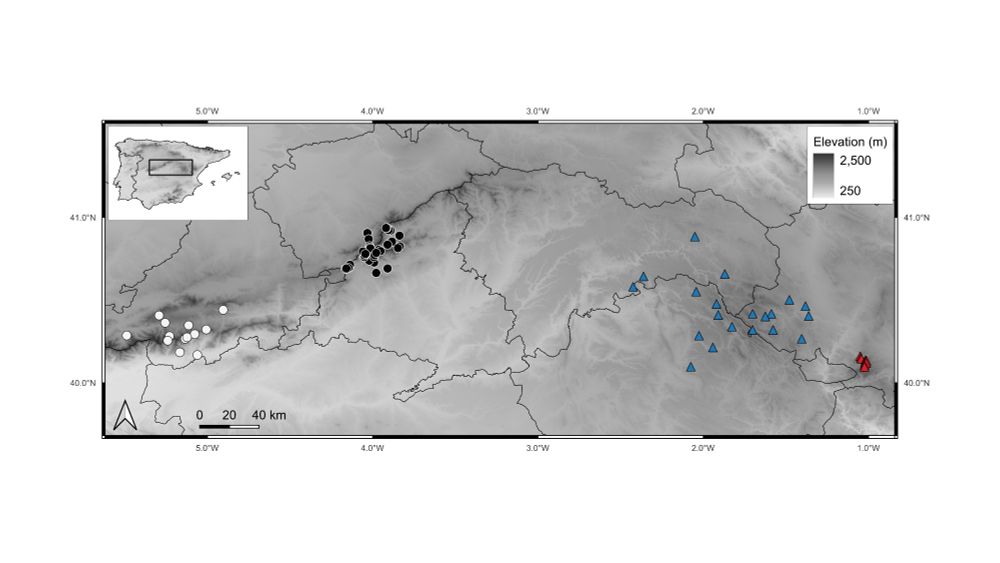

How does the ability of localized refugia to protect species against global warming depend on their climatic conditions? To find out, we looked at changes to butterfly communities in four mountain ranges in central Spain between 1984-2005 and 2017-2022.
📷 Parnassius apollo (Sara Castro-Cobo)
16.01.2025 10:33 — 👍 1 🔁 0 💬 1 📌 0
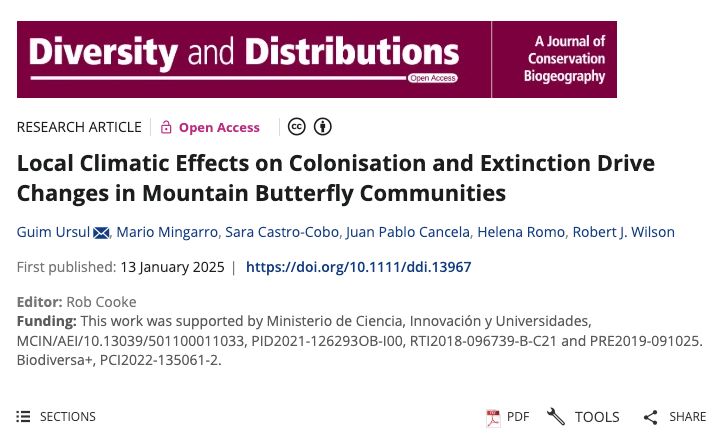
So happy to see my 2n thesis chapter published in Diversity and Distributions 🥳🥳 How does local climate influence ecological communities? Answer: #Thermophilisation caused by #colonisation and local #extinction of mountain butterflies 🦋 #ClimateChange #Refugia Small thread below⬇️
16.01.2025 10:33 — 👍 55 🔁 22 💬 2 📌 2

screenshot of the article in Philosophical Transactions of the Royal Society B titled 'Clustered warming tolerances and the nonlinear risks of biodiversity loss on a warming planet'
🚨New paper 🚨We argue that abrupt biodiversity losses can be driven by populations sharing similar tolerances to warming 🦋🌎🥵. Out now in @royalsocietypublishing.org. Summary thread below 🧵
royalsocietypublishing.org/doi/epdf/10....
09.01.2025 12:53 — 👍 60 🔁 32 💬 1 📌 4

📖Published📖
Our latest review article presents 10 practical guidelines for ground-based research of terrestrial microclimates, covering methods and best practices from initial conceptualisation of the study to data analyses 🌎 🧪 Read more here 👇
https://buff.ly/41BKn8o
23.12.2024 12:00 — 👍 63 🔁 24 💬 0 📌 0
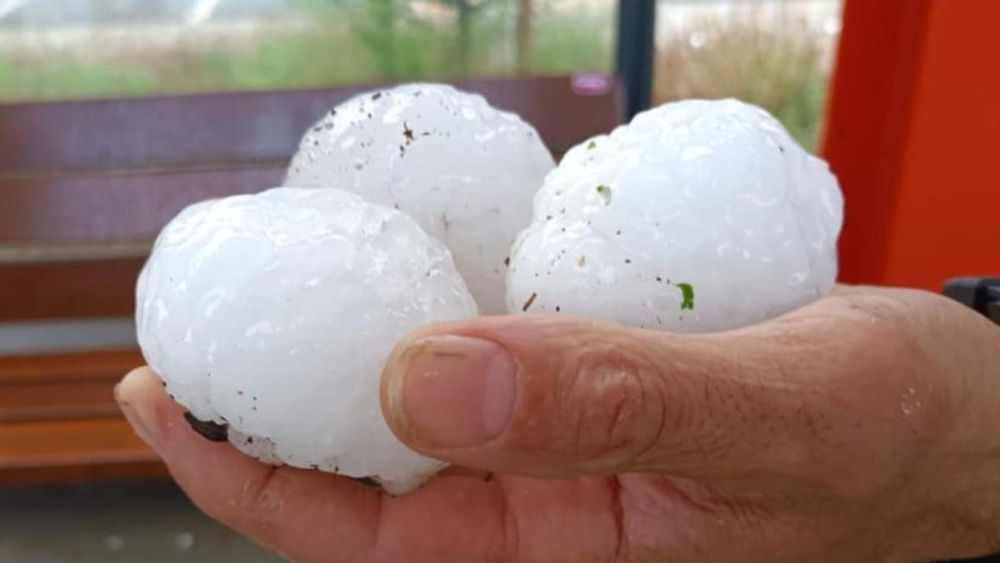
Científics catalans publiquen un estudi pioner sobre l'episodi de pedra gegant de la Bisbal d'Empordà
Ja fa més de dos anys d'aquella tarda d'estiu en què una fortíssima tempesta acompanyada de pedres gegants va escombrar l'Empordà i va provocar, fins i tot...
#UBalsMitjans | 🌧️ Un estudi de Meteocat i la #UniBarcelona analitza l’estructura interna de mostres de pedra gegant recollides a la Bisbal de l’Empordà durant el temporal d’agost de 2022
Hi han participat Javier Martín-Vide i Xavier Úbeda, de @geohistub.bsky.social
www.rac1.cat/meteo/202412...
17.12.2024 13:32 — 👍 12 🔁 5 💬 0 📌 0

Ten practical guidelines for #microclimate research in terrestrial ecosystems
doi.org/10.1111/2041...
from #SoilTemp core group, lead by @pieterdefrenne.bsky.social
17.12.2024 07:06 — 👍 55 🔁 17 💬 2 📌 3
Ecology Research Group of Sabine Rumpf at Uni Basel
Alpine & Arctic Ecosystems | Plant diversity | Climate Change
More on us and our work at https://eco.duw.unibas.ch/
Cuenta oficial de la Delegación del CSIC en Aragón - El @CSIC.es cuenta en Aragón con cinco institutos de investigación (EEAD, IPE, ICB, INMA e ISQCH) y una sede del IGME en Zaragoza.
🔗 https://delegacion.aragon.csic.es/
Instituto Pirenaico de Ecología - Consejo Superior de Investigaciónes Científicas | Pyrenean Institute of Ecology - Spanish National Research Council.
Centro de investigación del CSIC dedicado al estudio de los #Ecosistemas terrestres y el #CambioGlobal
graphics/data journalist on the @financialtimes.com visual storytelling team
work: https://www.ft.com/sam-learner
projects: https://samlearner.com/projects
signal: samlearner.79
PhD | Marine Ecologist | Postdoctoral Fellow @mncn-bgcg.bsky.social | Effects of Climate Change on Biodiversity | he/ him | Dad
Research Professor, CSIC, UÉ, Biogeographer seeking to understand how different facets of life distribute in space and time, and why. Viewpoints expressed here are personal.
🌿 PhD candidate at @ebdonana.bsky.social
🤓 Interested in biogeography, grassland communities and socioecology
📱 Coordinadora Comunicacion y Divulgación @jovenesbotanica.bsky.social
🆔 https://orcid.org/0009-0000-0638-5237
🐈⬛ https://github.com/cecegl
1st year ACCE DTP PhD Candidate in Species Conservation and Population Genetics at the University of Liverpool 🦋🧬
Nature stuff!! Mainly birds, bird ringing and moths but never far away from a bit of campaigning. Based in west Dorset.
Page managed by the Biogeography and Global Change Department/Group at the National Museum of Natural Sciences (CSIS) in Spain.
🦋 Obs. ciutadà de papallones urbanes
🦋 Obs. ciudadano de mariposas urbanas
🤝🏻 Citizen science de @creaf.cat
🏙️ Impulsat per l'Ajuntament de BCN
Assistant Professor @utu.fi - Biodiversity - Global Change Ecology - Macroecology - Community Ecology
Egalitarian, Democracy is not a bystander
🇵🇹 living in 🇫🇮
Entomologist 🐜🦋🐞🐛🐝
Postdoc investigating interactions between cover crops 🌾🌸🌺🪻, ants 🐜, pests 🐛, natural enemies 🕷️🐞 and the effect on biological control.
🌱🔬🌊🌍 Sociedad Ibérica de Ecología - Sociedade Ibérica de Ecologia - Iberian Society of Ecology
CSIC Cultura Científica. En el CSIC nos gusta hacer ciencia y también compartirla. Te contamos nuestras iniciativas para acercar la ciencia a todos los públicos.
The official account for UK wildlife charity Butterfly Conservation. Saving butterflies, moths and our environment. 🦋
https://butterfly-conservation.org/
Cover photo 📷: Small Copper - Paul Henson
Una asociación al servicio de la difusión de la geografía.
https://www.age-geografia.es/site/
Updates from the United Kingdom Butterfly Monitoring Scheme (UKBMS).
To find out more about the scheme visit - https://ukbms.org/
Biologist (PhD) - interests ecology, entomology, conservation biology, global change
Biodiversity scientist at University of Zurich
https://www.frank-pennekamp.info/
